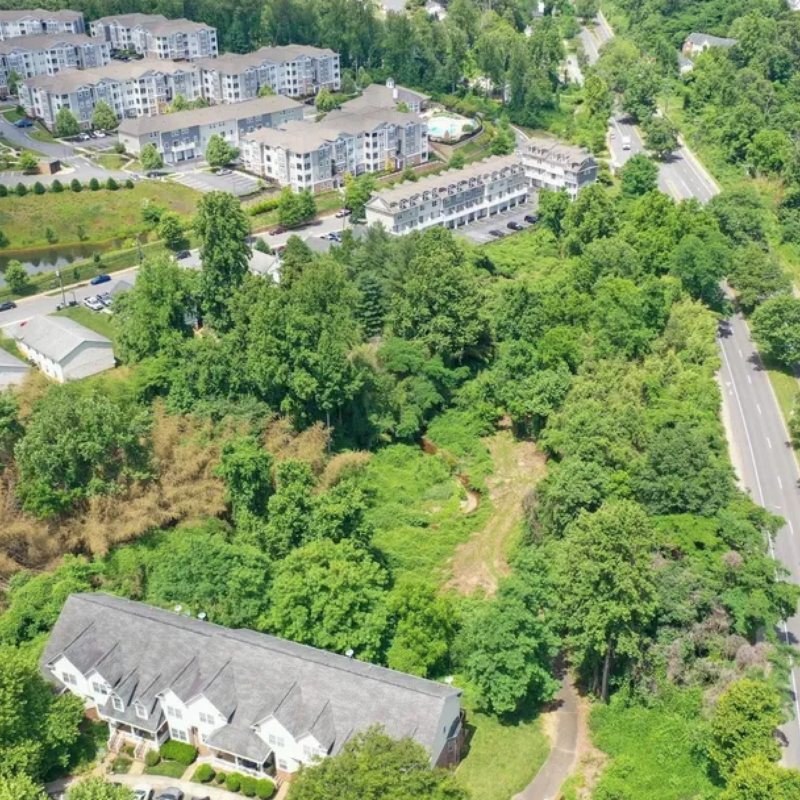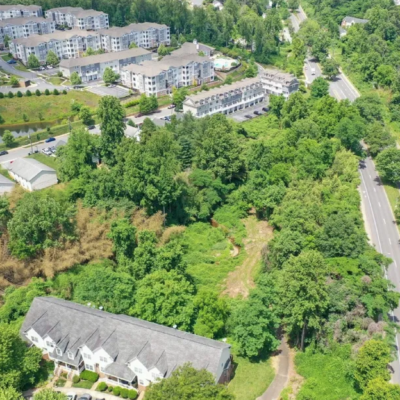“Development isn’t paying its fair share.”
So goes one of the primary arguments against allowing developers to build new houses. Assuming new houses usually bring new people, each sprawling subdivision brings more cars for the roads and more kids for the school system and more bodies in the parks and more books from the libraries and more accidents for the rescue squad. Sure, homeowners pay taxes, but not enough to cover all these added costs.
 An average new home in the area may cost the buyer $260,000, but how much does it cost the county in new roads, schools and services? Supervisor Ken Boyd argued that $14,200 was a good estimate, while other board members favored $22,400. In the end, they compromised on $17,000. |
But how much is the fair share for each one of those new housing units in Old Trail or Redfields or Willoughby? That topic generated a heated discussion at the Albemarle County Board of Supervisors meeting May 2.
Sparking the debate was a much anticipated report (well, as much anticipated as a report can be in the local development scene) that calculated the cost of new housing. It was generated by an ad hoc fiscal impact committee, which included developers, environmentalists and county officials. Most of the committee’s methodology was based on a model used in Chesterfield County, near Richmond.
Based on the committee’s calculations, a single-family detached house costs the county $14,200 per unit in order to provide the roads, schools and services it needs. That’s cheaper than a mobile home, which runs $17,700, as the typical family living there generates lower tax revenue and usually requires more county services. Townhomes come out the cheapest, at $9,400, while condo-style units cost $11,400.
But several supervisors questioned the validity of these numbers, suggesting that these figures are too low. How far do taxes really go to cover the new family’s costs? Supervisors David Slutzky, Dennis Rooker and Sally Thomas thought none of it helped with capital improvements (only for county operating costs), while the report factored in 10 percent. Rooker moved to adopt the calculations, but without that 10 percent credit, meaning that a single family home would cost $22,000.
“I don’t think we should kid ourselves what the number is,” said Rooker.
Chairman Ken Boyd, who served on the committee, balked at throwing out any tax benefit from residential development. “[Residential development]’ll never subsidize their costs—in any neighborhood anywhere in any place in this country. So I don’t understand where you’re coming from. If we had a community with no other revenue but property taxes, we wouldn’t have this kind of community, that’s for sure.”
County Manager Robert Tucker chimed in: “If you can settle on a number, whether it’s 14, 17 or 22, the reality is, the development community will learn what that is and they will then submit that in their proffers, even before we have a policy.”
The vote broke down 3-3, and Rooker immediately moved to accept the calculations with the assumption that 6 percent of tax money goes to capital improvements. All supervisors agreed to the compromise except Thomas, who still wanted no tax credit included in the calculation.
Even had the Board approved the $22,000 figure for a single-family detached unit, it would still be far less than Northern Virginia localities, where per-unit estimates are in the mid-$30,000s.
At their May 9 meeting, supervisors will look to take the adopted figures, which came to $17,500 for a single-family detached home, in order to develop a policy on how much developers should be expected to pay.
C-VILLE welcomes news tips from readers. Send them to news@c-ville.com.




